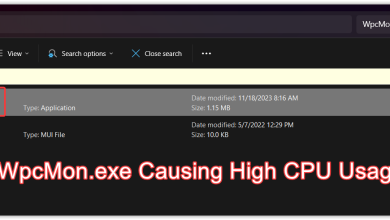How to Fix the Firefox High CPU Usage on Windows?
Using a browser that consumes a lot of CPU resources is never good, especially when you work with many different tabs open at the same time. However, some users have even reported that the Mozilla Firefox browser uses too much CPU even when idle or when there are only a few tabs open.
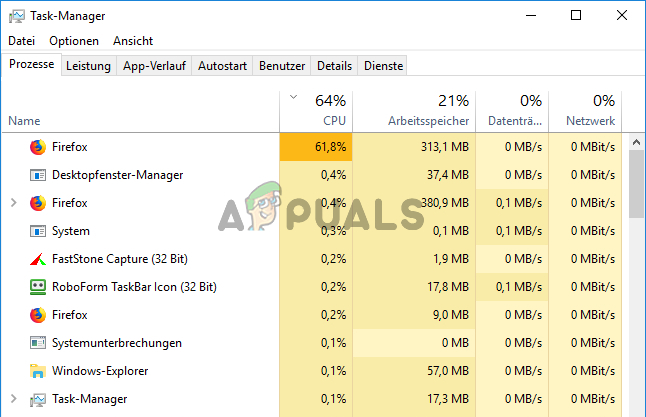
This is a major problem and it renders your computer pretty much unusable. Luckily enough, many users were able to resolve their instance of the problem by using some of the methods presented below! Make sure you check them out below!
What Causes the Firefox High CPU Usage Problem on Windows?
There aren’t many distinct causes of this problem on Windows. The existing causes can be used to create a list of possible causes for you to check out. Determining the right cause can make the troubleshooting process much easier.
- Problems with the current profile – If certain problems with the current Firefox profile start to appear, you should consider deleting the current profile and creating a new one to get rid of the high CPU problem.
- Suspicious add-ons – If you have installed any new add-ons recently, you should consider uninstalling them to see if they are to blame for the high CPU usage problem.
- Graphics drivers– This problem is often graphics related and it’s closely related to the graphics driver you have installed on your computer. Check to see if you can resolve the problem by updating these drivers!
Solution 1: Delete the Current and Create a New Browser Profile
In many instances of this problem, users were able to pinpoint it down to profile issues. Deleting the profile where the users were currently logged in was the right step towards resolving the problem in its entirety. This can be done with Firefox open or closed and we are going to demonstrate both methods for you to check out!
Firefox Open:
- Make sure you type about:profiles in the address bar of the Mozilla Firefox window. Tap the Enter key to open this set of settings in the Firefox browser.
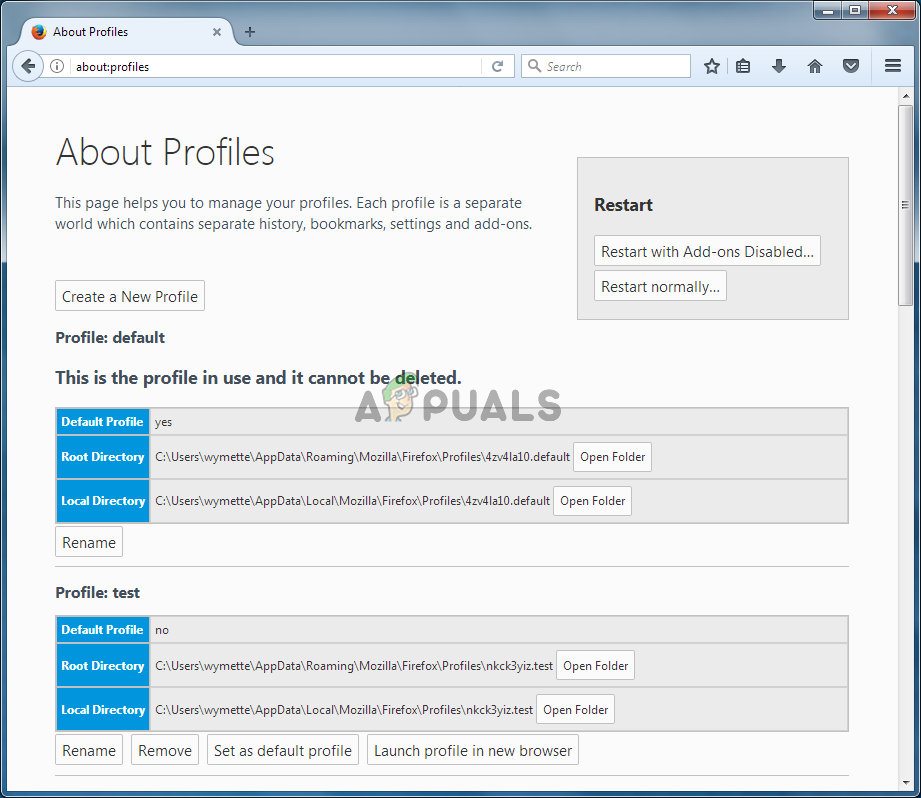
- From the menu at the bottom part of the screen, click the Remove button and select a profile you wish to remove. Unfortunately, you won’t be able to delete the profile you are currently logged into. If you are logged into a normal profile, make sure you delete the problematic one.
- After that, you should check the top of the window for the Create a New Profile Click it to open the Create Profile Wizard.
Firefox Closed:
- If Firefox is currently not running on your computer, you can use this method to delete any profile, even the one you are currently using. Use the Windows Key + R key combination to open the Run dialog box.

- You can also search for the Run box by typing “Run” with the Start menu or the Search/Cortana window open. Anyway, make sure you type in the following command in the text box next to Open in the Run dialog box:
firefox.exe -P
- The Firefox Profile Manager (Choose User Profile) window should open. In the list of available profiles, make sure you select the problematic profile, left-click to select it, and click Delete Profile button to the left.

- Confirm the Delete Profile prompt. When prompted with Delete Files and Don’t Delete Files options, you can choose the Don’t Delete Files
- After that, you should click the Create Profile button from the Choose User Profile window to open the Create Profile Wizard.
No method which method you used, you should be looking at the first screen of the Create Profile Wizard.
- Click Next and set up the name of your new profile. It should be something close to you as this information won’t be shared online.

- By default, your profile settings and files should be stored deep inside the AppData folder and we recommend you keep this location as default.
- Click Next and Finish to complete the process. Once you navigate back to the Profile Manager, this new profile should be listed. Check to see if the high CPU problem still appears!
Solution 2: Uninstall Suspicious Plugins and Extensions
There might be one or a few suspicious plugins or extensions installed into your Mozilla Firefox browser and you may not be able to use the browser properly until you check to see whether any of these extensions have something to do with the high CPU usage problem. Check out the steps below to troubleshoot this!
- Open the Mozilla Firefox browser by double-clicking its shortcut on the Desktop or by searching for it in the Start menu. Simply type “Mozilla Firefox” with the Start menu open and left-click the first result.
- Click the menu button located at the top right part of the browser’s home screen and click on Add-Ons.
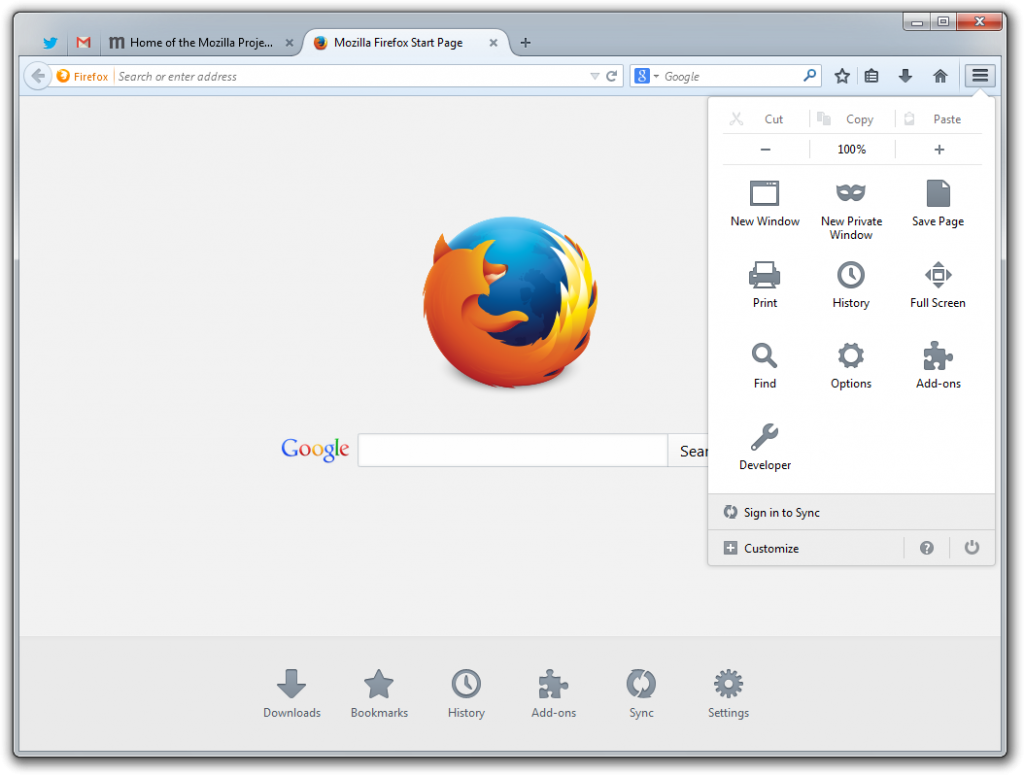
- At the right side of the screen, locate and click the Plugins option to view the full list of plugins installed in Firefox. Select the plugin you wish to remove and click the three dots next to them. It should be a plugin you’ve installed recently enough.
- Choose the Remove button from the context menu which will appear and confirm the removal. If the Restart now message appears, make sure you click on it. Repeat the same process but only this time, navigate to the Extensions or Themes.
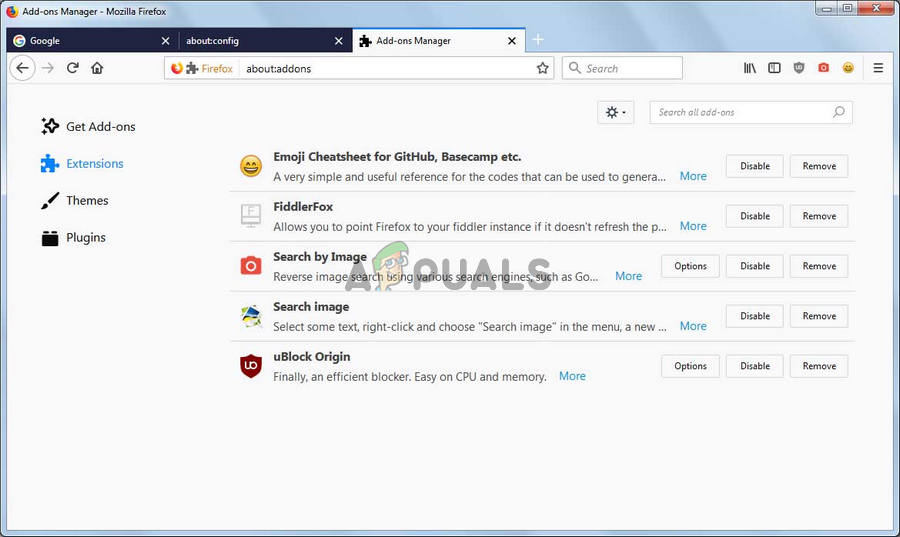
- Check to see if the high CPU usage problem by Firefox is resolved after restarting your browser.
Solution 3: Reinstall Your Graphics Card Drivers
Various graphics issues often affect the performance of the Mozilla Firefox browser. These problems are often resolved with new Windows updates but that is not always the case. Either way, you should make sure you have the latest graphics drivers installed on your computer if you want to resolve this problem as soon as possible. Follow the set of steps below to install the latest set of graphics drivers on your computer!
- First of all, you should uninstall the graphics drivers you currently have installed on your computer. You can do that by visiting the Device Manager. You can open it by using the Windows Key + R key combination to open the Run dialog box.

- After that, you should type “devmgmt.msc” inside the Run box and click the OK button below to open it. An alternative is to simply search for Device Manager in the Start menu or the Search/Cortana button.
- Inside the Device Manager window which will open, you should locate and expand the Display adapters section by left-clicking the arrow right next to it. Locate the graphics card you currently have installed on your computer, right-click its entry, and choose to Uninstall device from the context menu which will appear.

- Confirm any security prompts which may appear for you to confirm your choice. After that, you can visit NVIDIA’s, AMD’s or Intel’s website, enter the required information about your setup and click the Search/Submit button to search for drivers.

- Download the latest one, run it from your Downloads folder, and follow the instructions on-screen to install it.
- Alternatively, when inside the Device Manager, you can click the Action button from the menu bar at the top of the window and click Scan for hardware changes.
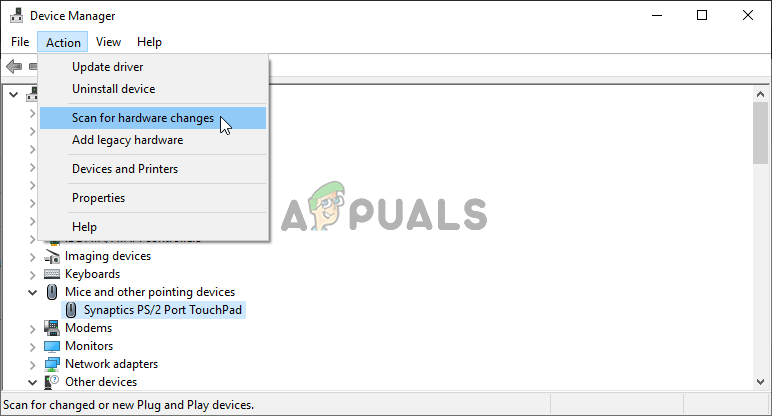
- This will scan your computer for drivers which were uninstalled recently. This should resolve the problem with Firefox’s high CPU usage!


